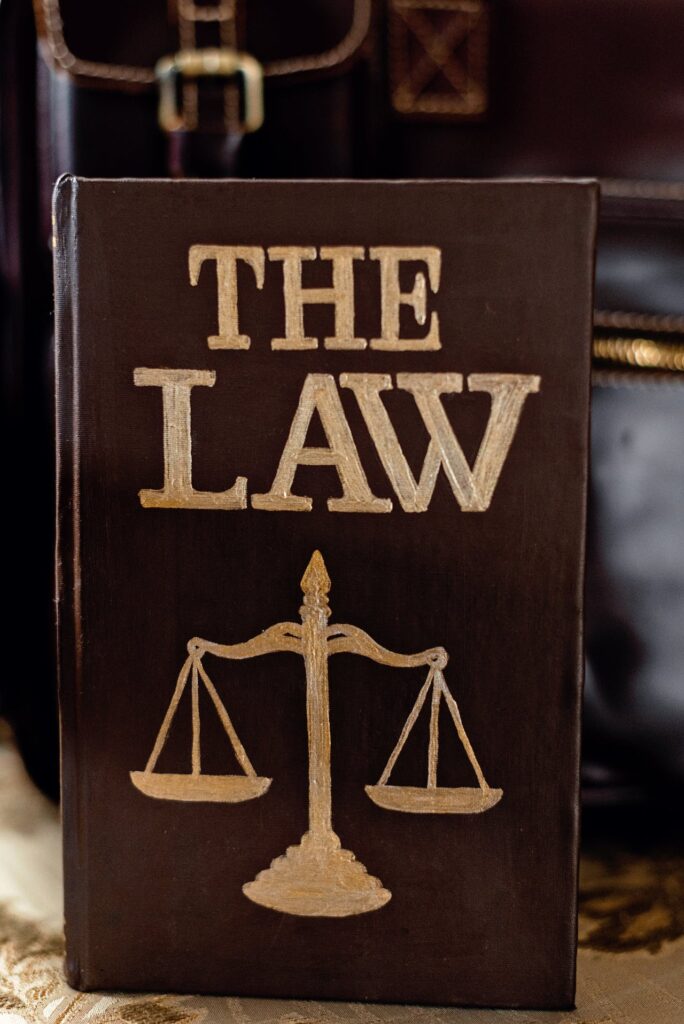Insights from a Car Accident Lawyer
Experiencing a car accident can be incredibly frightening. Taking comfort in the understanding that the accident wasn’t your fault can offer relief, enabling you to pursue compensation for the incurred damages. But what if determining fault isn’t straightforward? Can you still claim compensation if you share some responsibility for the accident?
The answer is yes, especially in California, which operates under a pure comparative fault system. In this framework, the courts can allocate damages among multiple parties involved in an accident based on each party’s percentage of fault.
Let us delve deeply into California’s comparative fault laws in this article. First, we’ll closely examine the concept of comparative fault. Then, we will delve into the kinds of evidence that are crucial in determining the extent of fault in these situations. Finally, we’ll focus on the crucial factors necessary to establish negligence and fault.
1. California’s Comparative Fault Laws: How Do They Work?

Various states employ different approaches to determine fault in accidents and its impact on the ability to recover damages. In some systems, you can only seek damages if you bear no responsibility for the accident. California, however, follows a system known as comparative fault.
To illustrate how comparative fault functions, consider a scenario where you collide with another vehicle, the only parties involved, for simplicity’s sake:
Let’s meet Sarah and Mark, two drivers entangled in an unexpected accident. Sarah was maneuvering her car into another lane, preparing to make a left turn, when Mark’s speeding vehicle suddenly collided with hers, catching her off guard. Both shaken and injured, they navigated the aftermath of the accident.
As the dust settled, it became clear that the accident was not entirely one-sided. While changing lanes, Sarah admitted she should have exercised more caution given the traffic. On the other hand, Mark was driving significantly above the speed limit, making it difficult for Sarah to anticipate the collision.
Ultimately, the authorities determined that Sarah bore 20% of the fault, whereas Mark was responsible for 80% of the accident. Sarah decided to seek $10,000 in damages for her injuries and vehicle repairs. Following California’s pure comparative fault system, her compensation was calculated by deducting her 20% fault from the total claim. Therefore, Sarah was awarded $8,000, acknowledging her 20% responsibility for the incident.
The intriguing aspect of California’s system was its fairness. It worked both ways. For instance, had Sarah been seeking $10,000 but was found to be 80% at fault, she could still pursue compensation. However, she would only receive 20% of the claimed damages, totaling $2,000, reflecting her 80% responsibility for the accident. This unique approach ensured that regardless of their degree of fault, both parties had the opportunity to seek rightful compensation.
2. How is Fault Determined in a Car Accident

In the story above, the next question is, how did authorities determine that Sarah bore 20% of the fault. Let us dive into details on how fault is established, and what factors determine fault in a comparative negligence case:
A. When establishing fault in a car accident, various factors come into play:
- Police Report: The initial police report crafted by the responding officer is crucial. It outlines their findings and observations, including any traffic violations or negligent behavior, which are pivotal in determining fault.
- Eyewitness Statements: Testimonies from witnesses can offer essential insights. Eyewitnesses can provide detailed accounts of the actions of all parties involved, aiding in establishing fault.
- Accident Reconstruction: Experts might recreate the accident scene using evidence like skid marks or vehicle damage. Through this analysis, they can comprehensively understand how the accident transpired, assisting in fault determination.
- Traffic Laws: Traffic Law violations, such as running a red light or speeding, indicate negligence and fault.
- Expert Testimony: In complex cases, experts can testify about specific aspects of the accident. For instance, medical experts may discuss injury severity, and engineering experts might explain how mechanical failures contributed to the incident.
- Independent Legal Investigation: Post-accident, attorneys conduct their investigations. They review evidence, interview witnesses, and assess damages. The insurance company’s determination of fault can also serve as evidence in legal claims, contributing to the comprehensive evaluation of fault.
B. What Factors Determine the Degree of Fault in a Comparative Negligence Case?
Determining fault in a comparative negligence case hinges on four crucial factors. These elements are indispensable in establishing the foundation for any negligence-based personal injury lawsuit spanning legal history. Indeed, without these elements, a case lacks merit, even if an accident occurred and the other party bears 100% responsibility.
The four pivotal factors in a comparative negligence case include:
- Duty Owed to You: To seek damages, you must be owed a duty of care. Every time someone operates a vehicle, they automatically owe a duty of care to others on the road. Similarly, businesses owe this duty to individuals invited onto their premises. However, damages cannot be recovered if the duty of care was not owed, such as in injuries sustained while trespassing.
- Breach of Duty: Personal injury law centers around one person failing to uphold their duty of care, causing harm to another. To build a solid case, it is crucial to prove that the duty of care was violated. For instance, this could involve proving that the other party was speeding or driving while distracted.
- Breach Resulted in the Accident: It must be evident that the breach of duty directly led to the accident. Using the example of speeding, you must show that the decision to exceed the speed limit directly caused the accident.
- Suffering Damages: There are no grounds for recovering compensation without incurred damages. However, these damages must be intricately linked to the specific accident. Certainly, you are eligible to claim compensation for a back injury if it can be directly connected to the accident, establishing a definite cause-and-effect relationship between the breach of duty and the resulting harm.
The Crucial Step: Contacting JSM Injury Firm’s Car Accident Attorney After an Accident

Getting involved in a car accident, especially when you are partially at fault, can be overwhelming. In such situations, swift action is key to ensuring your rights are protected and a strong case is built in your favor. Contacting JSM Injury Firm‘s Car Accident Attorney promptly after an accident in California is not just advisable—it’s vital.
Even if you share some responsibility for the accident, a skilled attorney can navigate the complexities of California’s legal system. They can assess the situation, gather essential evidence, and strategize a compelling case on your behalf. Having a deep understanding of comparative fault laws, our Car Accident Lawyer can help you in optimizing your opportunities for fair compensation, taking into account the specific percentage of fault assigned to each party involved in the accident.
Acting promptly also helps preserve crucial evidence, secures witness statements, and ensures that your legal rights are safeguarded from the very beginning. JSM Injury Firm’s experienced Car Accident Attorney is well-versed in handling cases where fault is shared, employing their expertise to protect your interests and guide you through the legal and the auto accident claims process.
Don’t wait for uncertainties to escalate. Contacting JSM Injury Firm’s Car Accident Attorney promptly after a car accident, even if you bear partial responsibility, is an essential step towards building a robust case. Our Car Accident Attorney is ready to support you, ensuring your rights are upheld and you receive the compensation you deserve.
